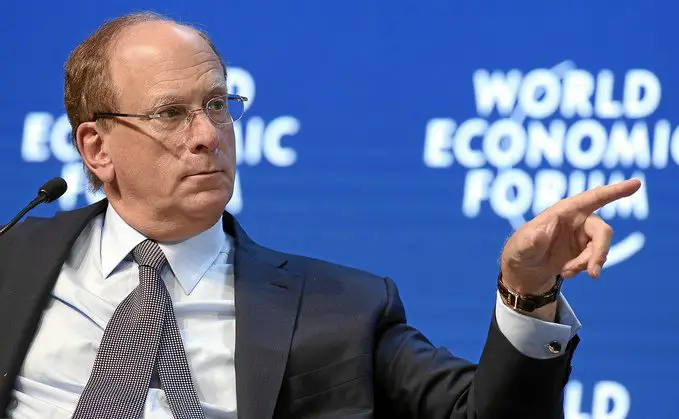Staff Reporter
Larry Fink, CEO of BlackRock, believes the traditional 60/40 portfolio of stocks and bonds is no longer effective for today’s investors. This model has been a staple since the 1950s, but Fink argues it may not provide true diversification anymore.
In his latest letter to investors, he states, “Assets that will define the future — such as data centers, ports, power grids, and the fastest-growing private companies — are largely inaccessible to most investors.”
As the head of the world’s largest asset manager, with $10 trillion in assets, Fink points out that these opportunities are often locked away in private markets, accessible only to the wealthiest and largest players.
He explains that the exclusivity of these assets stems from concerns over risk, illiquidity, and complexity. “That’s why only certain investors can enter,” he notes. “But nothing in finance is set in stone.”
Fink proposes a new investment framework, suggesting a future portfolio should consist of 50% stocks, 30% bonds, and 20% private assets, including real estate and infrastructure.
This shift in strategy aligns with BlackRock’s recent acquisitions of Global Infrastructure Partners, Preqin, and HPS Investment Partners, which aim to make private equity investments available to retail investors, potentially through 401(k) plans.
He compares this investment evolution to the rise of index funds over actively managed funds at the start of the century. Michael Rosen, Chief Investment Officer at Angeles Investments, supports Fink’s view, noting that a 50/30/20 allocation closely mirrors how institutional investors manage large pension funds and endowments.
After both stocks and bonds faced declines in 2022, some financial advisors speculated that the traditional 60/40 portfolio might be obsolete. However, projections for 2024 indicate that a typical 60/40 portfolio could yield a return of 14%.
Amy Arnott, a portfolio strategist at Morningstar, emphasizes the simplicity of this approach: “If you want to keep things very simple, the 60/40 portfolio or a target-date fund is a great starting point.”
For investors willing to explore more complex assets, options like commodities, private equity, and private debt can be considered. Despite the allure of these alternatives, Arnott notes that the total value of private assets globally stands at $14.3 trillion, compared to $247 trillion in public markets. She suggests that a more conservative allocation to private assets would be around 6%, rather than 20%.
Arnott also warns that due to issues like liquidity, transparency, and performance data, along with higher fees, investors should be ready to hold private assets for at least a decade.
Currently, very few 401(k) plans have incorporated private equity into their investment offerings, but Arnott believes this trend could shift. “We will probably see more plan sponsors adding private equity options to their lineups going forward,” she stated.

